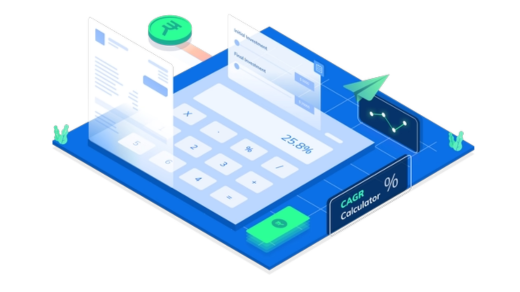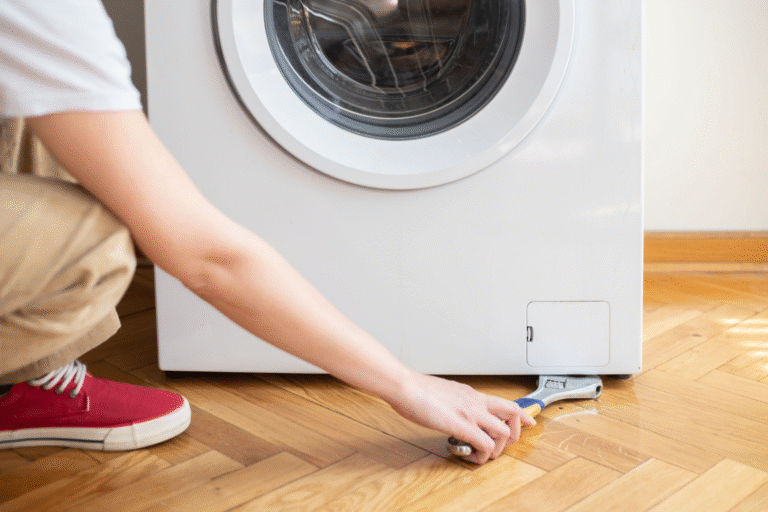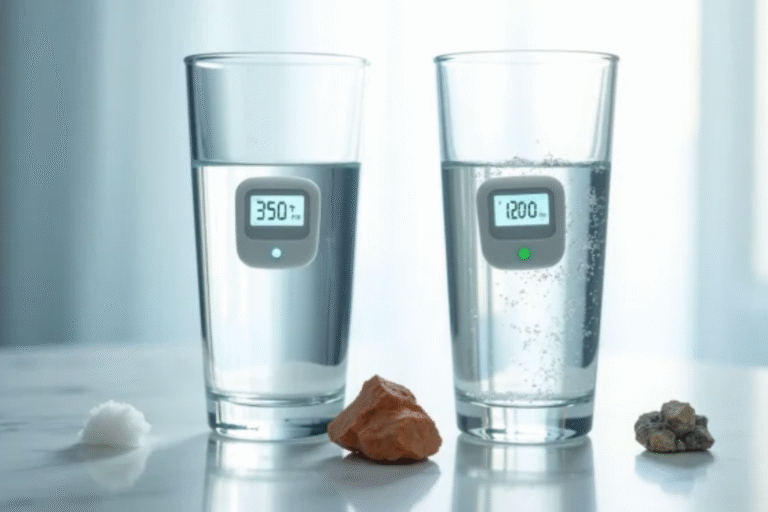1. How much should I save for a down payment on a car or home?
- For a car, it’s generally recommended to aim for a down payment of at least 20% of the car’s purchase price. For a home, the typical down payment is between 10% and 20%, although some loan programs, like FHA loans, may allow for a lower down payment. The higher your down payment, the less you’ll need to finance, and the better your loan terms could be.
2. How long should I plan to save before making a big purchase?
- The length of time depends on your financial situation and the price of the item. Setting a target date and calculating how much you need to save each month can help. For instance, if you’re saving for a $30,000 car and aim to save 20% for a down payment, you would need $6,000. If you plan to save over 12 months, you’d need to save $500 per month.
3. What are some strategies to save for a big purchase?
- Some strategies include setting up a dedicated savings account specifically for the purchase, automating your savings with regular monthly transfers, cutting back on discretionary spending, and using windfalls like tax refunds or bonuses to accelerate savings. You can also look for ways to increase your income, such as taking on side gigs or selling unused items.
4. Should I use a high-yield savings account or investment accounts to save?
- For short-term savings (like for a car or home), a high-yield savings account is usually a safer option as it provides easy access to your funds and guarantees a fixed interest rate. If you’re saving for a longer-term goal (5 years or more), consider low-risk investment accounts like bonds or index funds, as they may offer higher returns but come with some level of risk.
5. How can I calculate how much I need to save each month?
- To calculate your monthly savings goal, divide the total amount you need to save by the number of months you have to save. For example, if you need $10,000 for a down payment on a house and you have 24 months to save, you would need to save $417 per month. Online calculators can help you determine your exact savings plan.
6. What impact do my credit score and finances have on making a big purchase?
- A good credit score can help you secure better loan terms, such as a lower interest rate, when financing your car or home. Lenders often look at your credit score, income, debt-to-income ratio, and overall financial health when determining whether to approve your loan and what terms to offer.
7. What are the hidden costs of buying a car or home that I should plan for?
- Hidden costs of buying a car can include taxes, registration, insurance, maintenance, and repair costs. For homes, hidden costs can include closing costs, property taxes, home inspections, insurance, and ongoing maintenance and repair expenses. It’s important to budget for these costs in addition to the down payment.
8. Should I pay off debt before saving for a big purchase?
- It’s often a good idea to prioritize paying off high-interest debt, like credit card balances, before saving for a big purchase. This is because the interest on debt can accumulate quickly and offset any gains from savings. However, if the debt is manageable, it’s possible to save and pay off debt at the same time—just make sure you have a clear plan for both.
9. Is it better to buy new or used when making a big purchase?
- Whether to buy new or used depends on your budget and preferences. New items like cars or homes often come with warranties or guarantees, but they are typically more expensive. Used items may offer significant savings, but they may come with higher maintenance costs or fewer guarantees. Weigh the pros and cons based on your financial situation.
10. What can I do if I’m struggling to save enough for a big purchase?
- If you’re struggling to save, consider re-evaluating your budget and cutting back on unnecessary expenses, such as dining out, entertainment, or subscriptions. You may also want to explore ways to increase your income, such as picking up extra work or selling unused items. If you’re saving for a home, consider looking into down payment assistance programs or loans with lower down payment requirements.
Saving for big purchases requires discipline, planning, and time. By setting clear goals and using effective saving strategies, you can make these significant purchases without straining your finances.
















